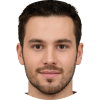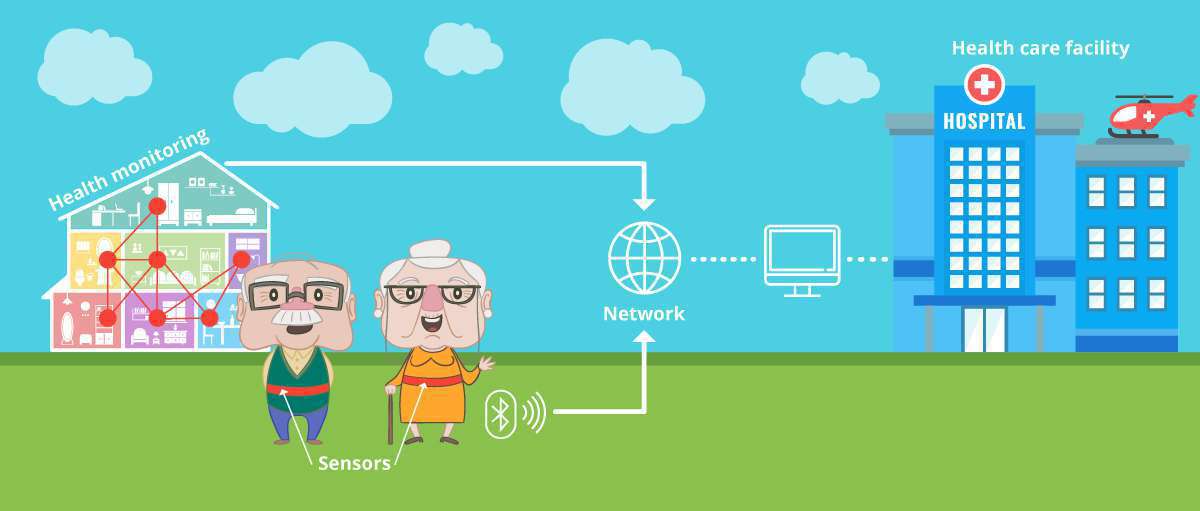The aging population is growing worldwide, while the birth rates are falling. As a consequence, more and more older people desire to maintain independence as long as possible. The recent advances in mobile computing are revolutionizing patient health care. At the same time, IoT technologies and telehealth solutions are taking on a great importance. As an example, the member states of the EU established The Ambient Assisted Living (AAL) Joint Programme to support the development and integration of new technologies in order to enhance autonomy and improve life quality of older people.
written by:
Anton Rykov
Product Manager, Qulix Systems
The aging population is growing worldwide, while the birth rates are falling. As a consequence, more and more older people desire to maintain independence as long as possible. The recent advances in mobile computing are revolutionizing patient health care. At the same time, IoT technologies and telehealth solutions are taking on a great importance. As an example, the member states of the EU established The Ambient Assisted Living (AAL) Joint Programme to support the development and integration of new technologies in order to enhance autonomy and improve life quality of older people.
The ubiquity of digital communication makes the home an extension of the hospital. The greatest part of medical care can take place at home now. The patients contact their doctor virtually without leaving the house. Nursing staff controls health conditions remotely and will be alerted in emergency cases.
The technologies can be used to help aging people as well as persons with chronic illnesses and disability to facilitate their life and provide them with more comfort.
Remote Patient Monitoring
A Remote Patient Monitoring System is a set of technologies that provide patients with the highest level of health care directly at home.
It reduces the demand on unnecessary face-to-face consultation hours, improves the operational efficiency of hospitals and minimizes costs.
RPM is generally based on the following units:
- Sensors measuring physiological parameters
- Local data storage as an interface between sensors and centralized data repository and/or health care facility
- Centralized repository for data storage and/or healthcare facility
- Software that sends intervention alerts after analyzing the transmitted data
Smart biosensors include:
- Contact lenses that monitor glucose levels
- Smart pills that monitor medication-intaking behaviors and body response
- Hearing device to boost hearing
- Heart rate monitor
- Wristbands that monitor heartbeat, blood pressure, calories burnt
- Insole sensor that measures weight bearing, balance and temperature
How does it work?
So-called biosensors attached to the patient body monitor vital signals (measure heart rate, oxygen level, blood pressure, detect body movements, monitor perspiration, etc.) and send the data to the receiver in the house. The receiver is connected to the hospital through a telecom network. The software evaluates data and sends an emergency message to a nurse on duty or a doctor. If necessary, the patient will be picked up and brought to the hospital.
Benefits:
For hospitals:
- Costs
The cost-effective technology integration allows hospitals significantly reducing the overheads.
- Innovation
The sensors record even unnoticed temporary changes in health status helping to optimize treatment, especially of hardly diagnosable diseases.
- Growth
The integration of the new technology enhances the competitiveness of health care facilities. Better diagnostic options attract new customers and expand the client base.
For patients:
- Improved quality of life
RPM enhances the level of medical support. Wireless systems enable patients’ mobility, providing them with safety and relieving caregiving relatives.
- Real-time medical support
A real-time monitoring ensures medical care 24/7. RPM obviates the need to drive to the hospital and wait for a personal medical appointment.
- Emergency prevention
The systematic measurements of patient’s vital signs enable more accurate diagnostics as well as quick reaction and intervention time in emergency cases.
The innovative telehealth solutions give patients more ownership over managing their conditions while remaining at home. Health care facilities, on their part, can improve the efficiency of their services concurrently reducing the operational costs.
Learn more about Qulix IoT solution and healthcare application development.

Contacts
Feel free to get in touch with us! Use this contact form for an ASAP response.
Call us at +44 151 528 8015
E-mail us at request@qulix.com






